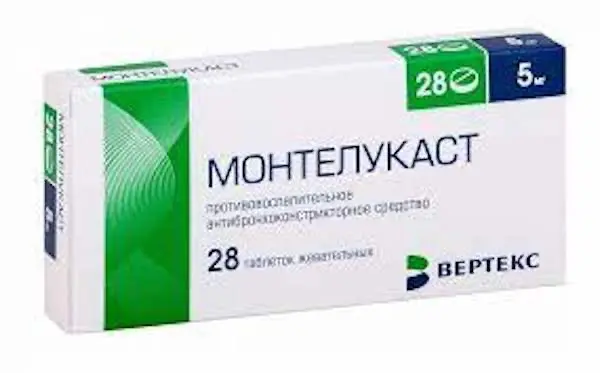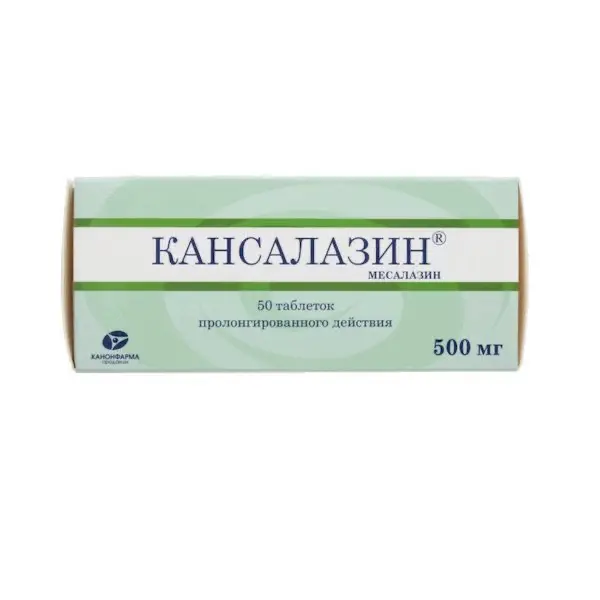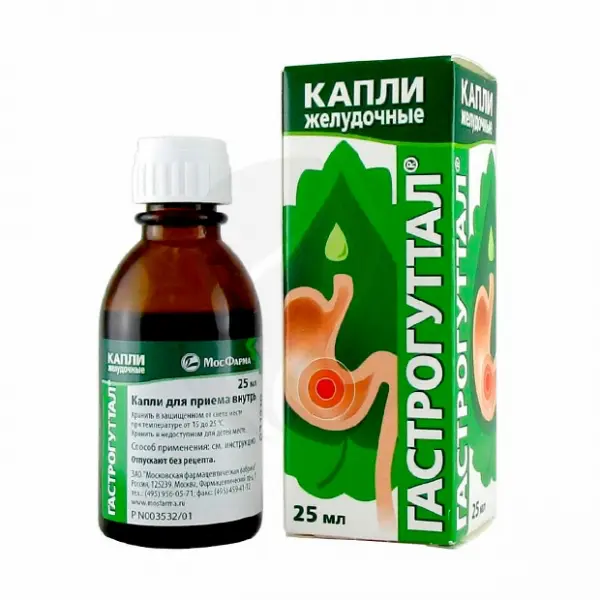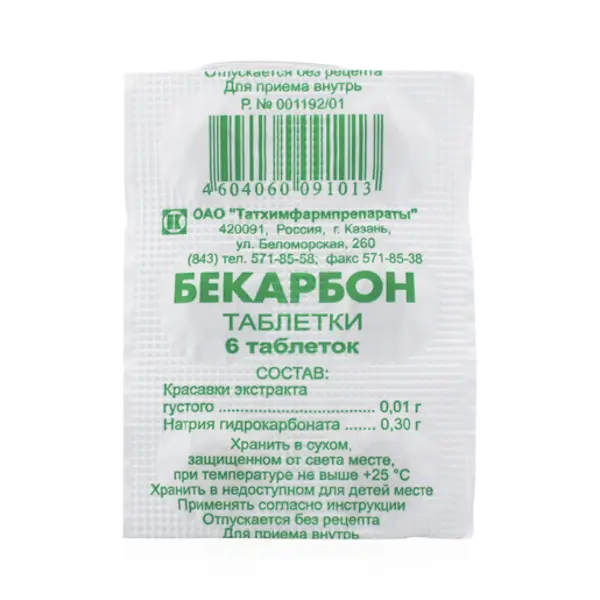Description
Montelukast-Vertex Pharmacodynamics
Cysteinyl leukotrienes (LTC4, LTD4, LTE4) are strong inflammatory mediators, eicosanoids, that are secreted by various cells, including mast cells and eosinophils. These important proasthmatic mediators bind to cysteinyl leukotriene receptors. Cysteinyl leukotriene receptors type 1
(CysLT1 receptors) are present in human airways (including bronchial smooth muscle cells, macrophages) and other proinflammatory cells (including eosinophils and some myeloid stem cells). Cysteinyl-leukotrienes correlate with the pathophysiology of bronchial asthma and allergic rhinitis. In asthma, leukotriene-mediated effects include bronchospasm, increased mucus secretion, increased vascular permeability, and increased eosinophil counts. In allergic rhinitis, cysteinyl-leukotrienes are released from pro-inflammatory cells of the nasal mucosa during the early and late phases of the allergic reaction after allergen exposure, which manifests as symptoms of allergic rhinitis. An intranasal test with cysteinyl-leukotrienes demonstrated increased airway resistance and symptoms of nasal obstruction.
Montelukast is a highly active oral medication that significantly improves inflammatory scores in bronchial asthma. According to biochemical and pharmacological analysis, the drug binds with high selectivity and chemical affinity to CysLT1 receptors (instead of other pharmacologically important airway receptors such as prostaglandin, cholinergic or ?-adrenergic receptors). Montelukast inhibits the physiological action of cysteinyl leukotrienes LTC4, LTD4, LTE4 by binding to CysLT1 receptors without having a stimulatory effect on these receptors.
Montelukast inhibits CysLT1-receptors of airway epithelium, thus reducing bronchospasm caused by inhalation of cysteinyl-leukotriene LTD4 in patients with bronchial asthma. A dose of 5 mg is sufficient to relieve LTD4-induced bronchospasm.
Montelukast induces bronchodilatation within two hours after oral administration and may complement bronchodilatation induced by ?2-adrenomimetics.
The use of montelukast in doses exceeding 10 mg per day, taken once, does not increase the effectiveness of the drug.
Indications
-Prevention and long-term treatment of bronchial asthma in children aged 6 to 14 years, including prevention of daytime and nighttime symptoms, treatment of bronchial asthma in patients with hypersensitivity to acetylsalicylic acid and prevention of exercise-induced bronchospasm;
-curing daytime and nighttime symptoms of seasonal and/or year-round allergic rhinitis in children aged 6 to 14 years.
Contraindications
-High sensitivity to any of the drug components;
-children under 6 years of age;
-Phenylketonuria.
Usage during pregnancy and breast-feeding.
Clinical studies of Montelukast with participation of pregnant women have not been conducted. The drug should be used during pregnancy and breast-feeding only if the expected benefits to the mother exceed the potential risk to the fetus or child. Post-registration use of montelukast has reported the development of congenital limb defects in infants whose mothers took montelukast during pregnancy. Most of these women were also taking other bronchial asthma medications during pregnancy. A causal relationship between montelukast ingestion and the development of congenital limb defects has not been established.
It is not known whether montelukast is excreted with breast milk. Since many drugs are excreted with breast milk, it is necessary to take it into account when prescribing montelukast to breastfeeding women.
Dosage and administration
- Orally once a day regardless of meals. The tablet may be swallowed whole or chewed before swallowing. For the treatment of bronchial asthma, the drug should be taken in the evening. When treating allergic rhinitis the drug can be taken at any time of the day. Patients with bronchial asthma and allergic rhinitis should take one tablet once a day in the evening.
- Children 6 to 14 years of age
One chewable tablet of 5 mg once daily. - No dose adjustment is required for this age group.
- General recommendations
The therapeutic effect of montelukast on indices, reflecting the course of bronchial asthma, as well as during the periods of bronchial asthma exacerbation develops within the first day. The patient should continue to take the drug both during the period of achieving control of bronchial asthma symptoms and during periods of exacerbation of bronchial asthma. - Use of montelukast concomitantly with other bronchial asthma treatments
Montelukast may be added to a patient’s treatment with bronchodilators and inhaled glucocorticosteroids (GCS) (see “Interactions with other medications”).





